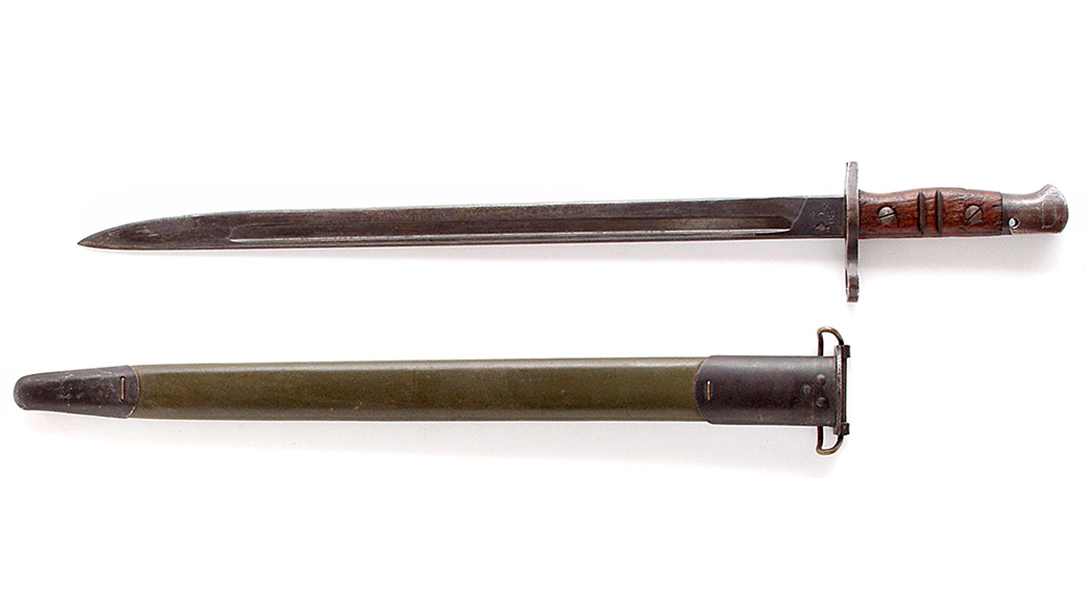

30 Springfield (.30-06).Īlmost by default, it was decided to adopt a version of the British rifle modified for the American. However, this course of action would result in logistical headaches by introducing an entirely new cartridge into American military service. This would put the maximum number of rifles in the hands of our troops in the minimum amount of time. Since it would take entirely too long for the three companies to tool up to make the M1903 rifle, the government initially considered adopting the British. that these sources of rifles were available, the War Department was immediately faced with a quandary. While it was extremely fortuitous for the U.S. These firms were Remington, the Eddystone Rifle Plant (run by an affiliate of Remington) and Winchester. The machinery and trained workforces were still essentially intact and could go into production for the Pattern 1914 rifle for the U.S. 303 caliber rifle under British contract. Three American firms had just completed manufacturing sizeable numbers of the “Pattern 1914”.

30-06 Sniper Rifleįortunately, however, there was a source of available rifles. The government had little choice but to pursue the second option. The second option would be to seek another type of rifle with which to augment the standardized M1903. However, it was soon realized that the lag time required to acquire the necessary production tooling and train a new workforce from scratch would be too great to eliminate the looming draconian shortage of rifles. The first was to contract with domestic arms makers to manufacture the M1903 rifle. The War Department had two options for the procurement of additional rifles. However, it was soon apparent that production at these facilities would be inadequate to equip the rapidly growing number of recruits and draftees flooding into training camps across the country. Production of the M1903 was immediately increased at both Springfield Armory and Rock Island Arsenal. There were about 600,000 M1903 Springfield rifles (along with some 160,000 obsolescent U.S.30-40 Krag rifles) in inventory at the start of the nation’s active involvement in the war. Among its myriad of challenges, our military faced a serious shortage of service rifles. When the United States entered World War I, in April 1917, our armed forces were woefully unprepared for the conflict.


 0 kommentar(er)
0 kommentar(er)
